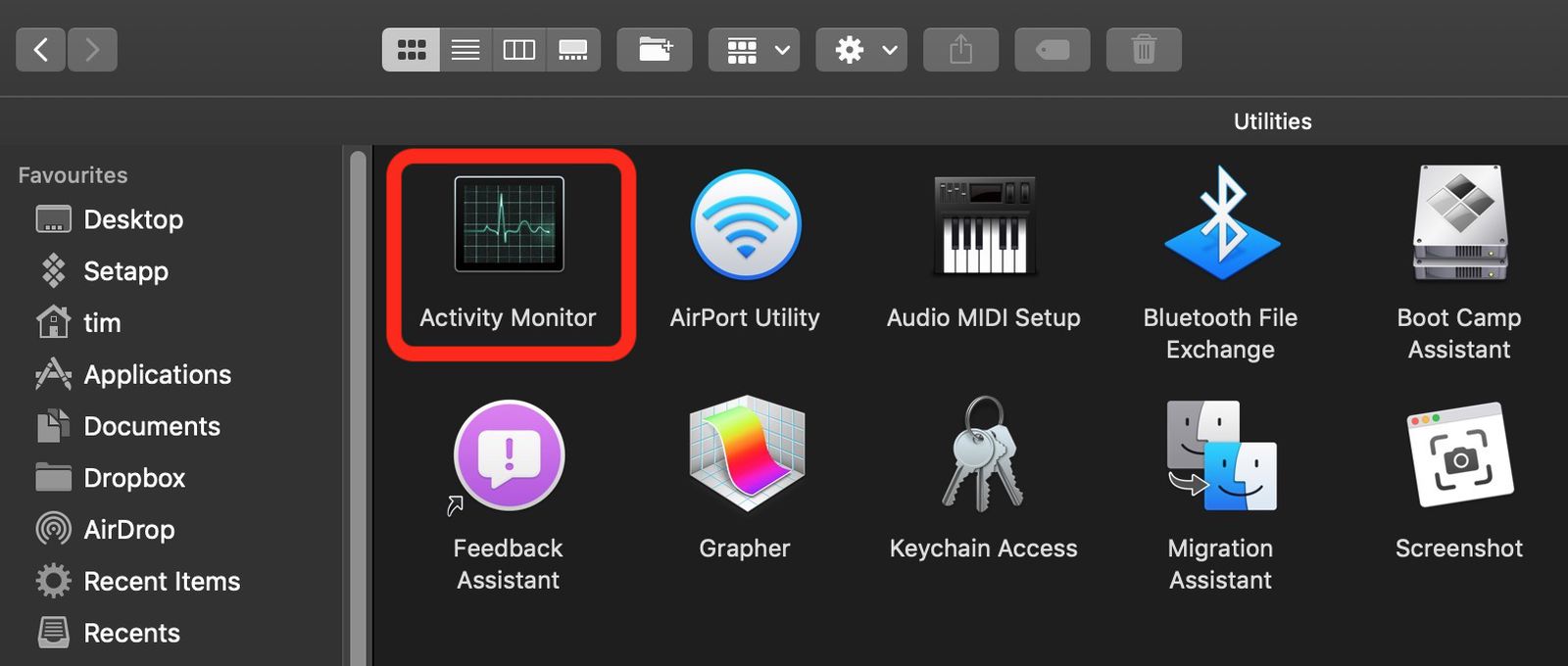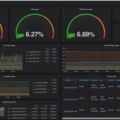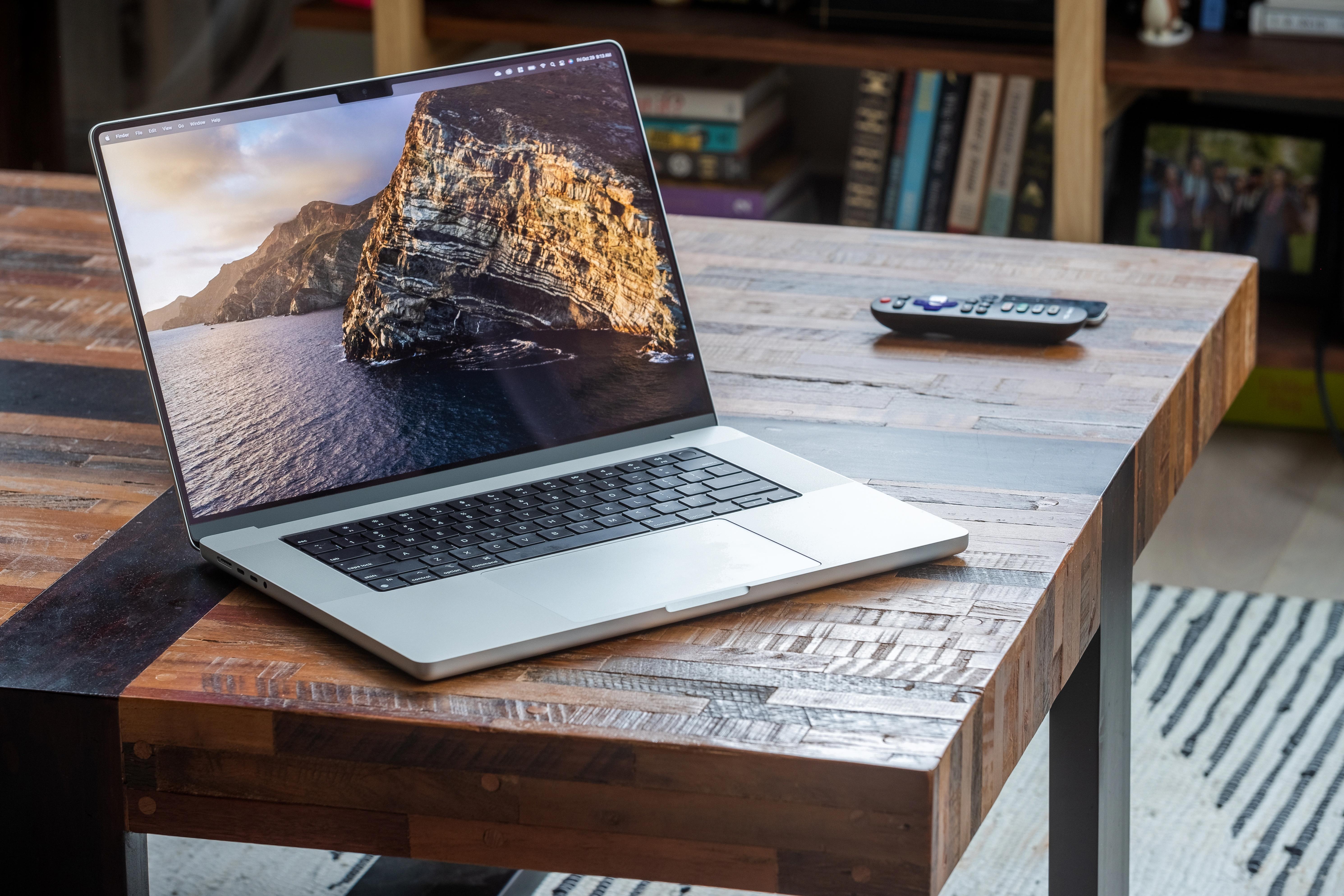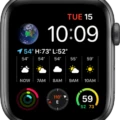If you’re a Mac user, then you aleady know how powerful and reliable these machines can be. But to get the most out of your Mac, it’s important to understand how to use the various tools it has to offer—including Activity Monitor.
Activity Monitor is a built-in application on Mac computers that proides an overview of the system’s performance, including CPU usage, memory usage, energy usage, disk activity, and network activity. It also shows what processes are running and how much resources they are using. This makes it incredibly useful for optimizing your system’s performance by monitoring what applications are using up resources, or for troubleshooting system issues that may arise over time.
To access Activity Monitor on your Mac:
1) Click the small “magnifying glass” icon in your menu bar (or press Command+Space).
2) When the “Spotlight Search” bar appears, type “activity monitor” and hit “Return.”
3) When Activity Monitor opens, you can close the main window with the red “X” button because you won’t be needing it.
4) You’ll now see five tabs at the top of Activity Monitor: CPU, Memory, Energy, Disk, Network. Each tab will provide you with detailed information about your system’s performance in each category.
5) If you’d like to start tracking an application’s resource usage over time for optimization or troubleshooting purposes, select its name from the list in the left pane and click “Track Process.” The total number of processes beig tracked will appear in parentheses next to each tab at the top of Activity Monitor.
6) If you want to view more detailed information about any process listed in Activity Monitor like memory usage or network activity select its name from the list and click “Inspect.” This will open a new window with even more detailed information about that specific process.
7) If there is a process taking up too many resources or if your system is running slowly due to excessive resource usage by one or more applications then select its name from the list and click “Quit Process” to force quit it without restarting your computer.
Activity Monitor is an incredibly useful tool for any Mac user as it provides insight into what processes are taking up resources on your machine. With this information at hand you can easily identify which applications may be causing slowdowns and take steps to improve overall performance by optimizing those programs or force quitting them if necessary.

Opening Activity Monitor
To open Activity Monitor, open the Object Explorer in Microsoft SQL Server Management Studio. You can do this by accessing the Object Explorer window from the View menu, or by pressing F8. Once the Object Explorer window is open, you can access Activity Monitor by right-clicking on the server name and selecting Activity Monitor from the context menu. You can also access Activity Monitor from the Tools menu in Management Studio.
Understanding Microsoft Activity Monitor on Mac
Microsoft Activity Monitor for Mac is a powerful monitoring tool that helps you understand and manage the performance of your Mac. It provides in-depth information about your computer’s performance, including CPU activity, memory usage, energy consumption, disk activity, and network traffic. With this information at hand, you can quickly identify any issue or bottleneck that might be slowing down your Mac and take appropriate measures to fix it. Moreover, Activity Monitor also allows you to observe how certain applications are using system resources in order to optimize their performance.
Adding Activity Monitor to the Mac Menu Bar
To add Activity Monitor to your Mac menu bar, open the main Activity Monitor window by pressing Command+Space and typing “activity monitor” in the Spotlight Search bar. Then, click on the “View” menu in the top toolbar and select “Dock Icon” from the drop-down menu. This will add a small Activity Monitor icon to your Mac menu bar that you can click on at any time to open the main window.
Viewing Running Applications on Mac
To see which applications are running on your Mac, open a new Finder window and click the “Applications” option on the left-hand side of the window. Then, go to the Utilities folder and double-click the Activity Monitor application. This will open up a window that displays all of the running processes on your Macbook in the “Process Name” column. This inforation can help you to identify which applications are currently running on your computer.
Does Mac Have A Task Manager Similar To Windows?
Yes, Mac has a task manager like Windows. It’s called Activity Monitor and it comes installed with every macOS. Activity Monitor is similar to the Windows Task Manager in that it shows you all of the processes running on your system, both active apps that are visible and those running in the background. You can view detailed information about each process, including its memory usage and CPU time, as well as quit apps or adjust their priority levels to help optimize performance.
Accessing Task Manager on Mac
The Task Manager on Mac can be accessed by pressing down the [CMD] + [ALT] + [ESC] keys on your keyboard at the same time. This will open a window containing a list of all of the currently opened programs and applications that are running in the background. From here, you can see what tasks are taking up memory and CPU, as well as end or force quit any processes that aren’t responding.
Does Mac Have a Task Manager?
Yes, Mac does have a task manager. To access it, click the Apple logo at the top left of your screen in the menu bar and scroll down to “Force Quit.” This will bring up a list of currently running applications and processes, alog with their memory usage and CPU usage details. You can then select any application or process you want to quit or force quit.
System Monitoring on Mac Computers
Yes, your Mac comes with a built-in system monitoring application called Activity Monitor. Activity Monitor provides useful information about the health of your Mac, including real-time CPU, Network, Disk and Energy usage. It can be used to identify and close unresponsive applications, as well as to monitor your Mac’s performance. To access Activity Monitor on your Mac, simply click the Apple logo in the top left corner of your screen and select “About This Mac” from the drop-down menu. Then click “System Report” and select “Activity Monitor” from the list of options.
Checking CPU and GPU on Mac
To check your CPU and GPU on Mac, open the Activity Monitor app located in your Applications folder. On the left side of the window, select “CPU” or “GPU History” to view more detailed information about your computer’s performance. The CPU tab will show you the current load on each processor core, as well as a graph of recent usage. The GPU tab will show you the usage of each connected graphics processor, as well as a graph of recent usage.
Conclusion
In conclusion, Mac is a powerful and reliable operating system that offers users an intuitive and secure experience. With the help of Activity Monitor and Object Explorer, users can keep track of their system’s performance and have a better understanding of what their computer is doing. Mac also offers a wide array of applications and tools that can help users to get the most out of their device. With its user-friendly interface, advanced security features, and comprehensive support, Mac is an excellent choice for tose looking for a powerful yet reliable operating system.








